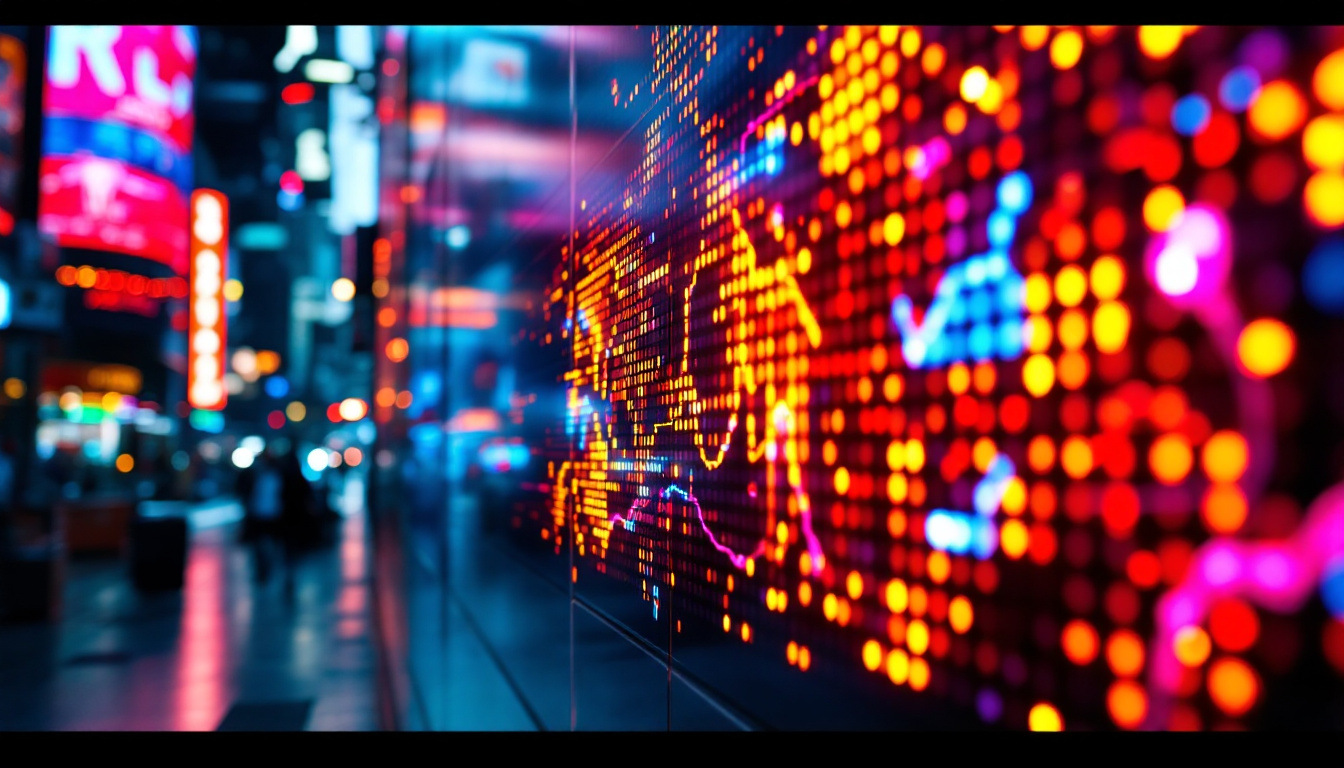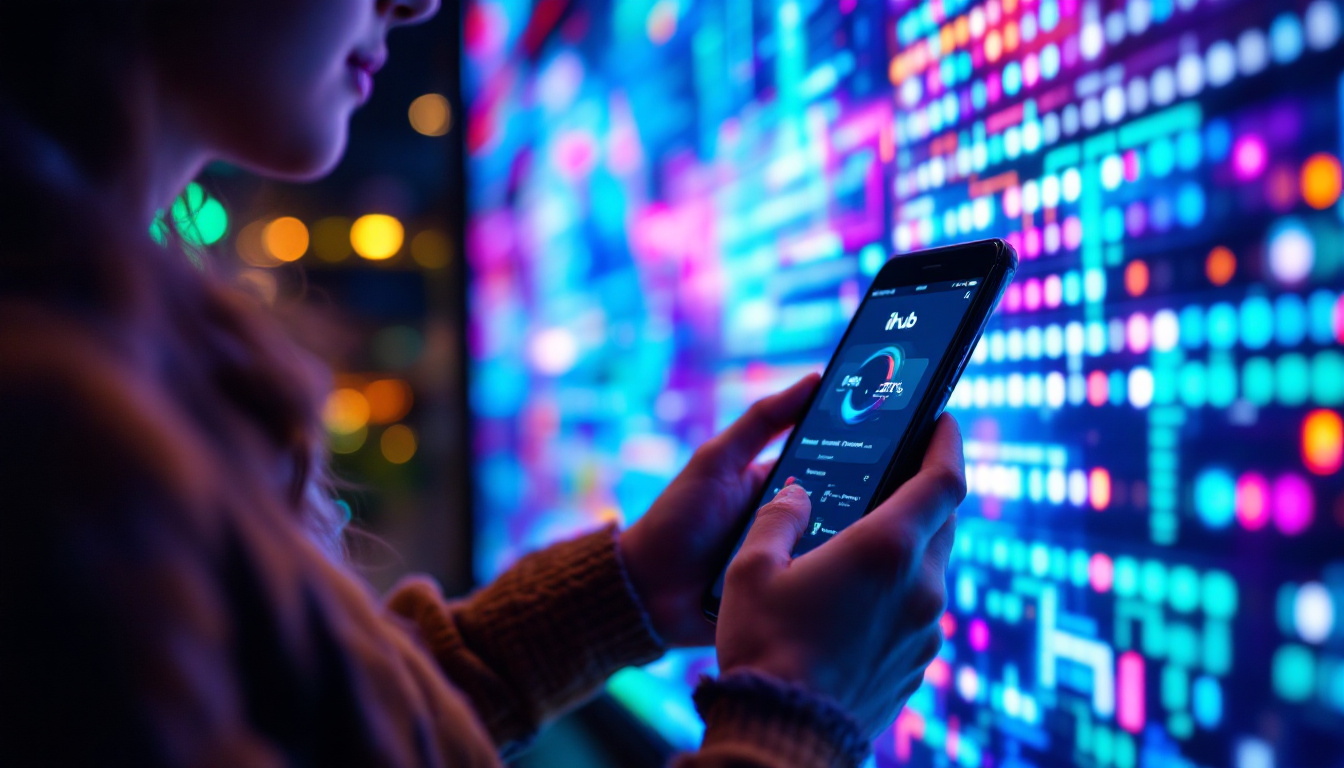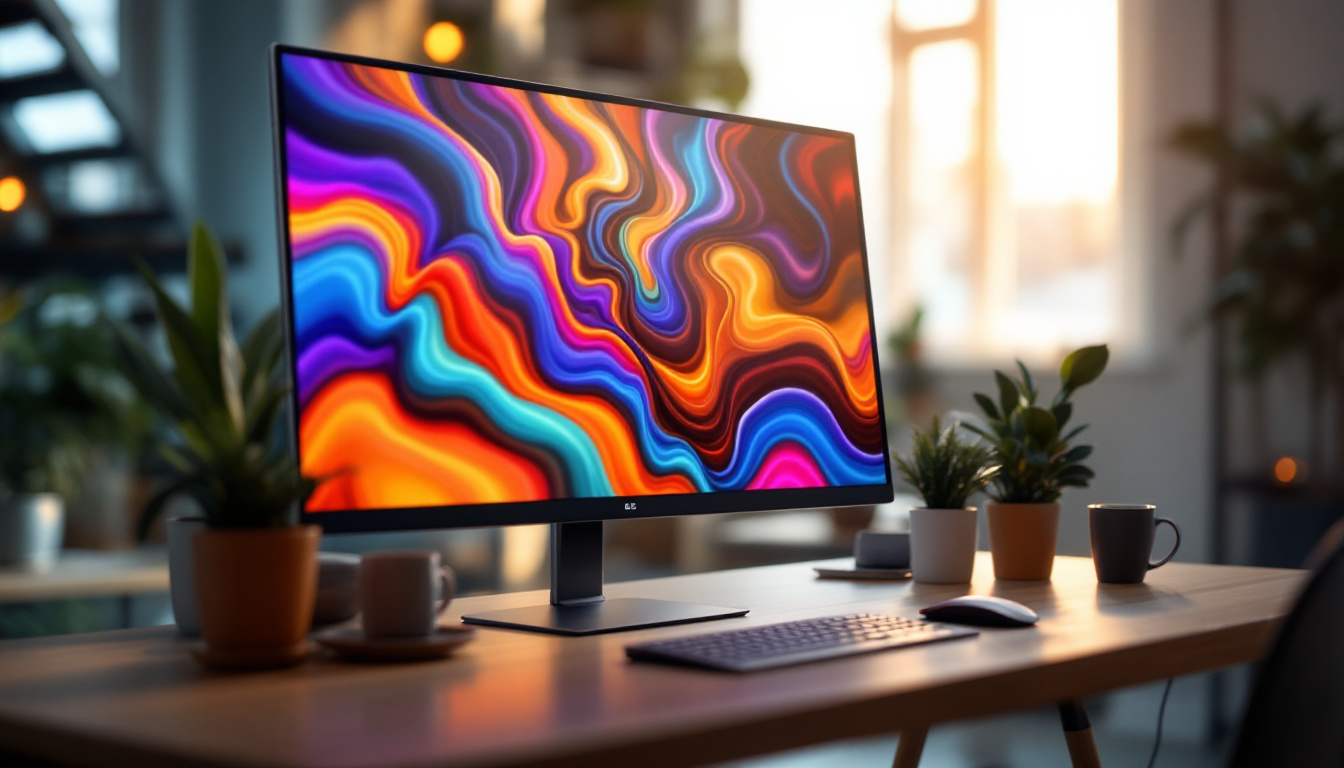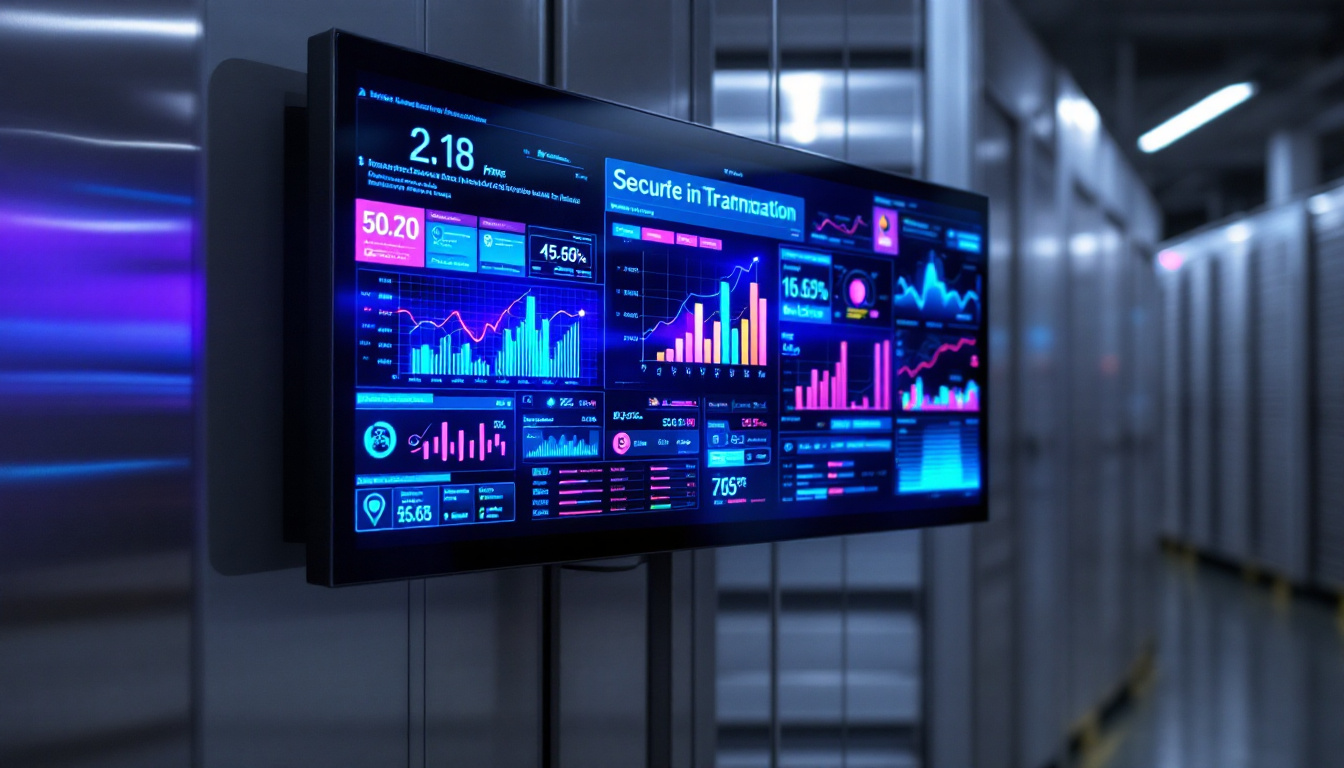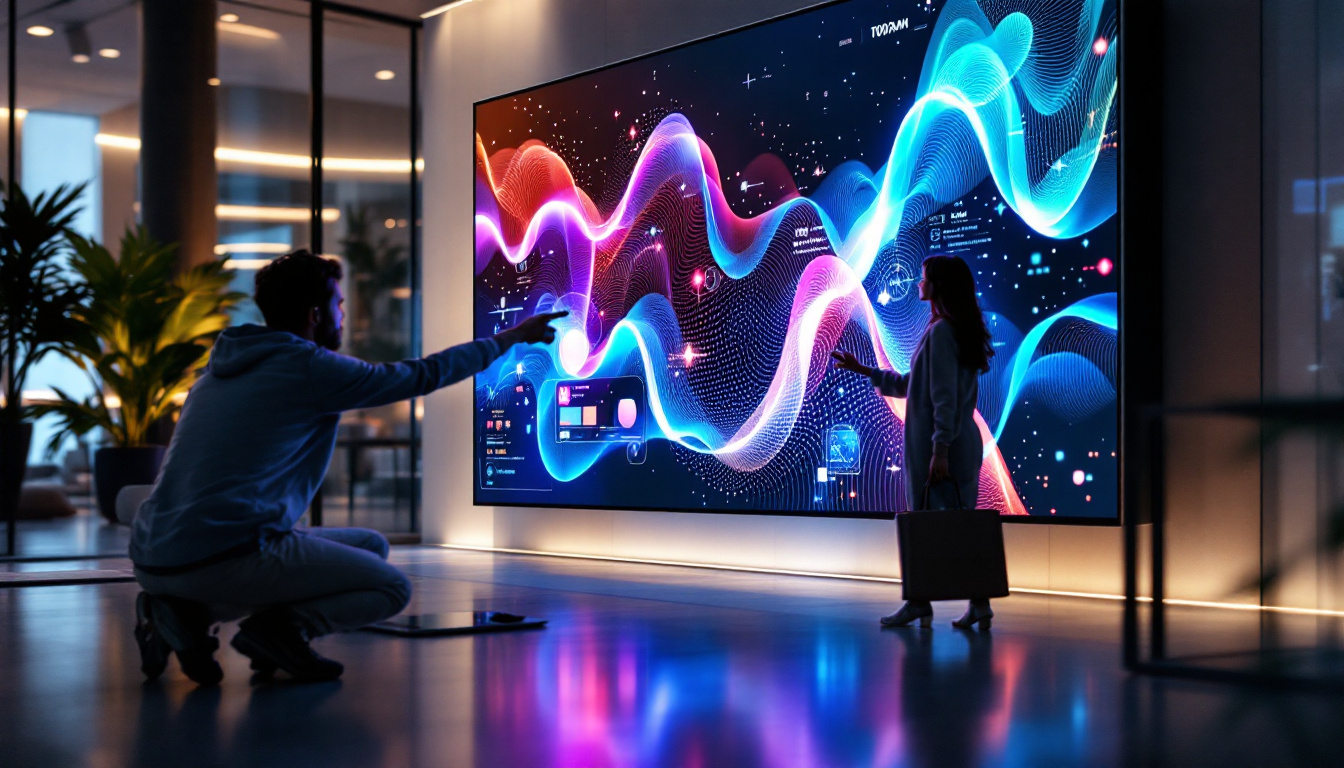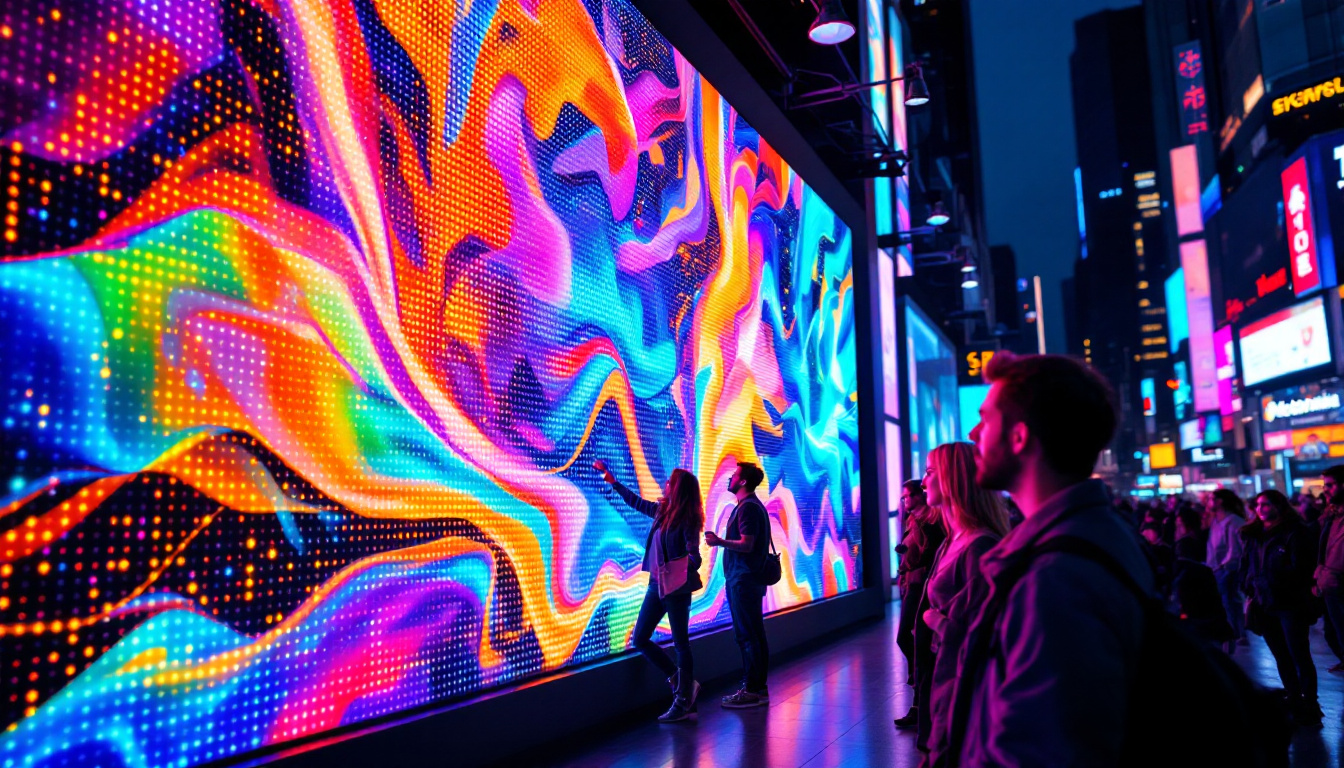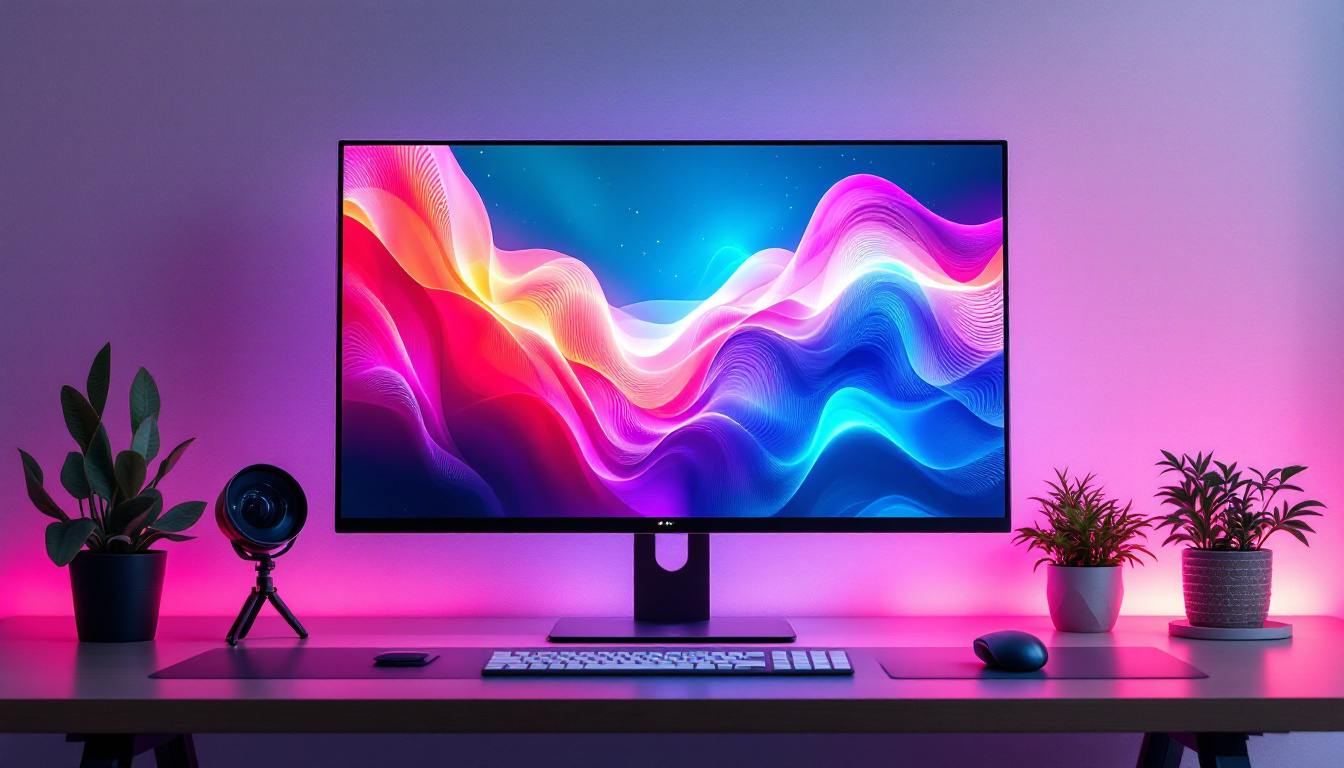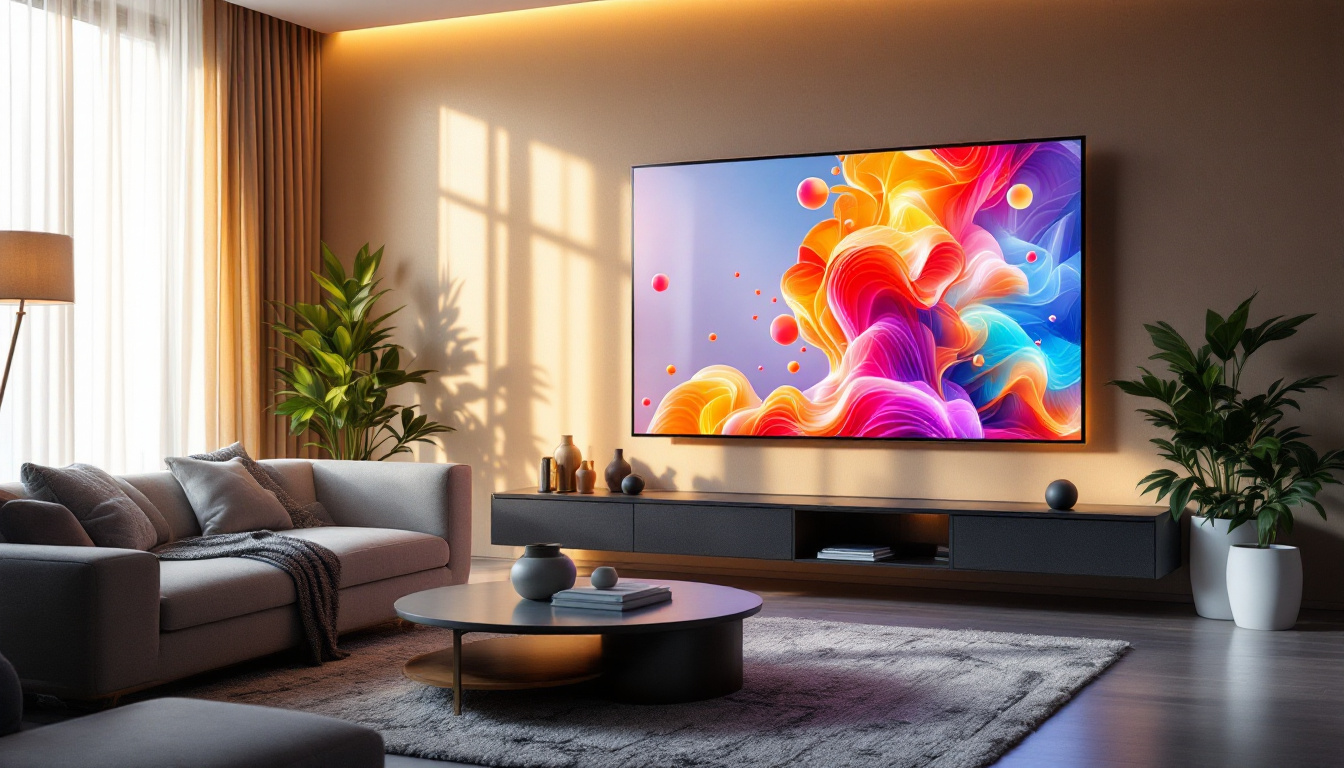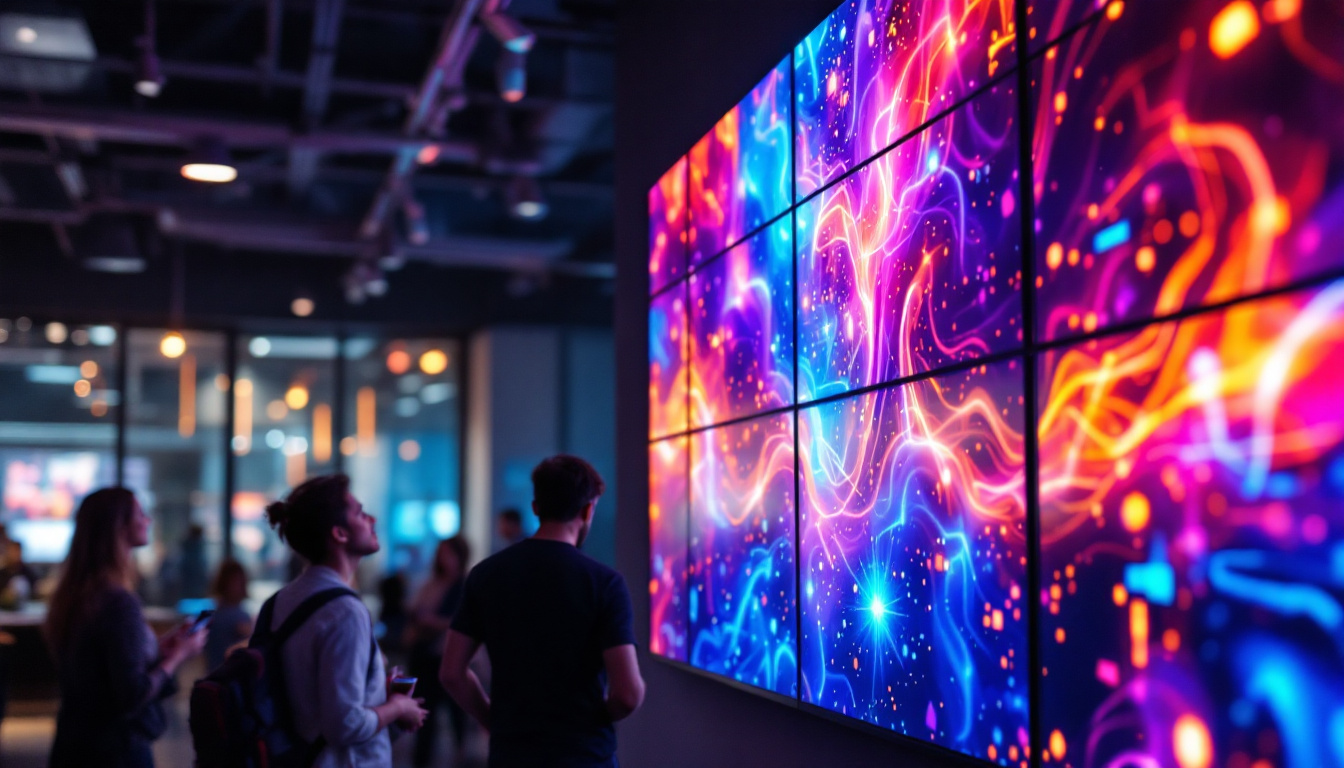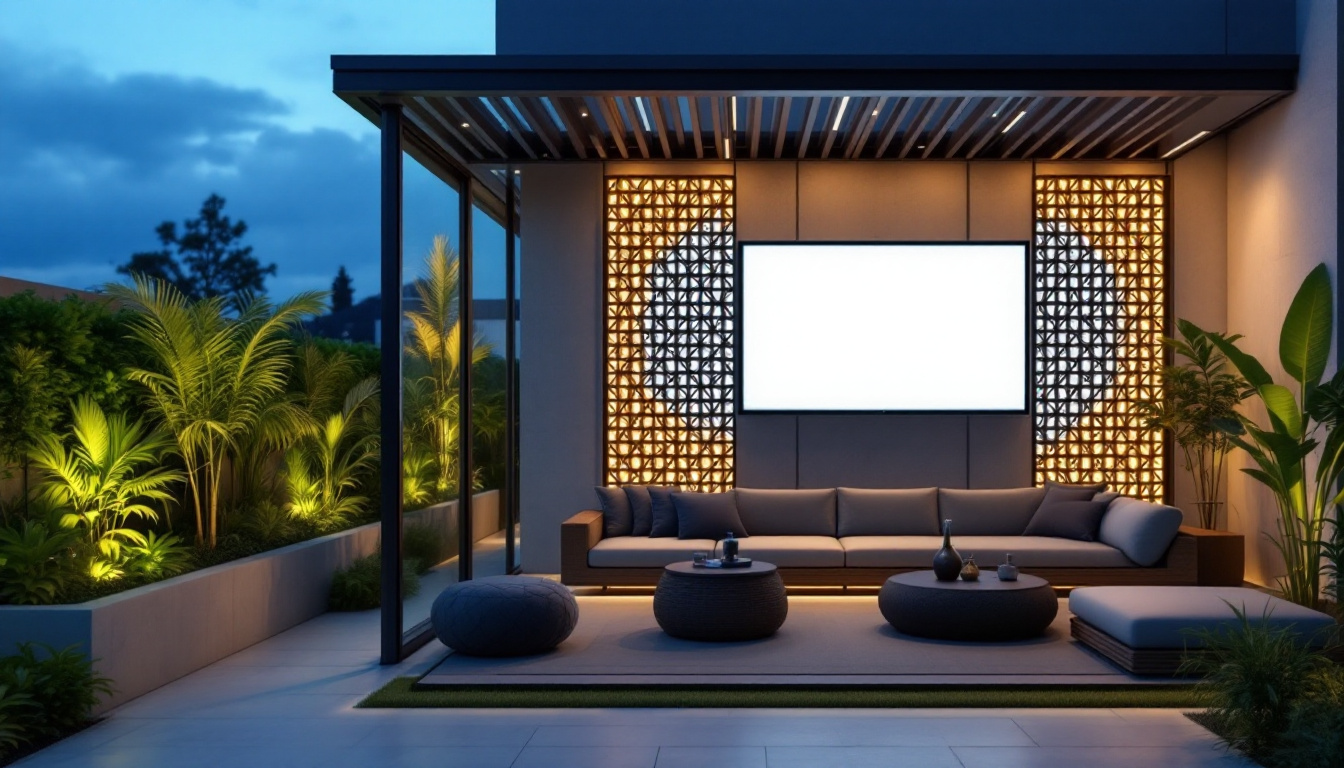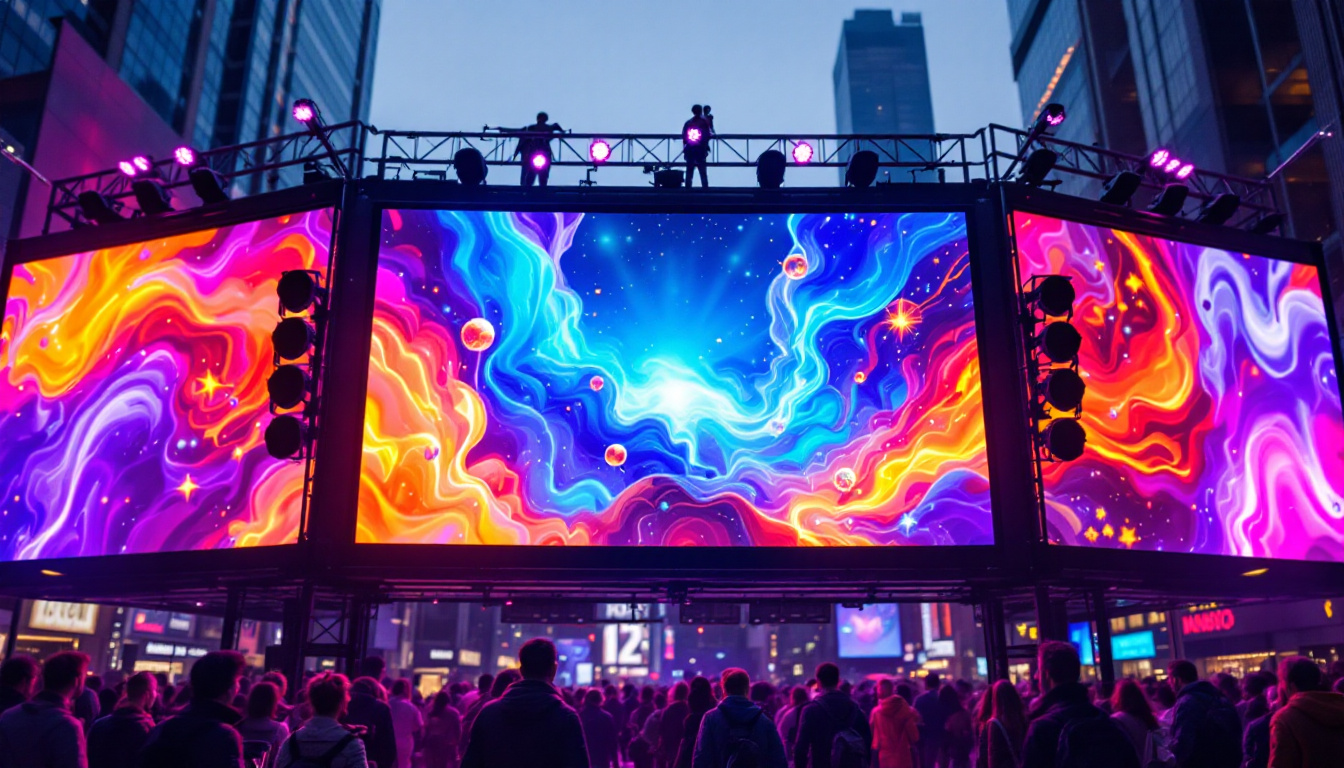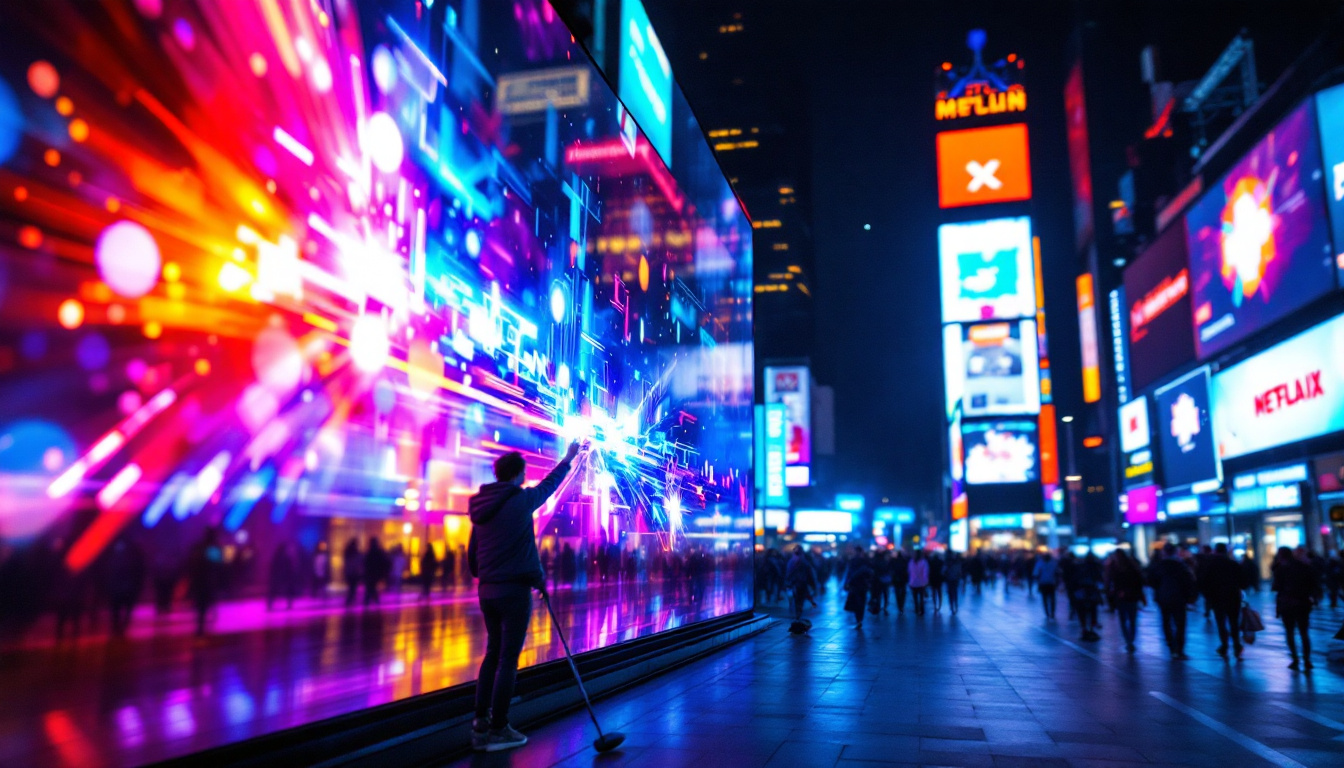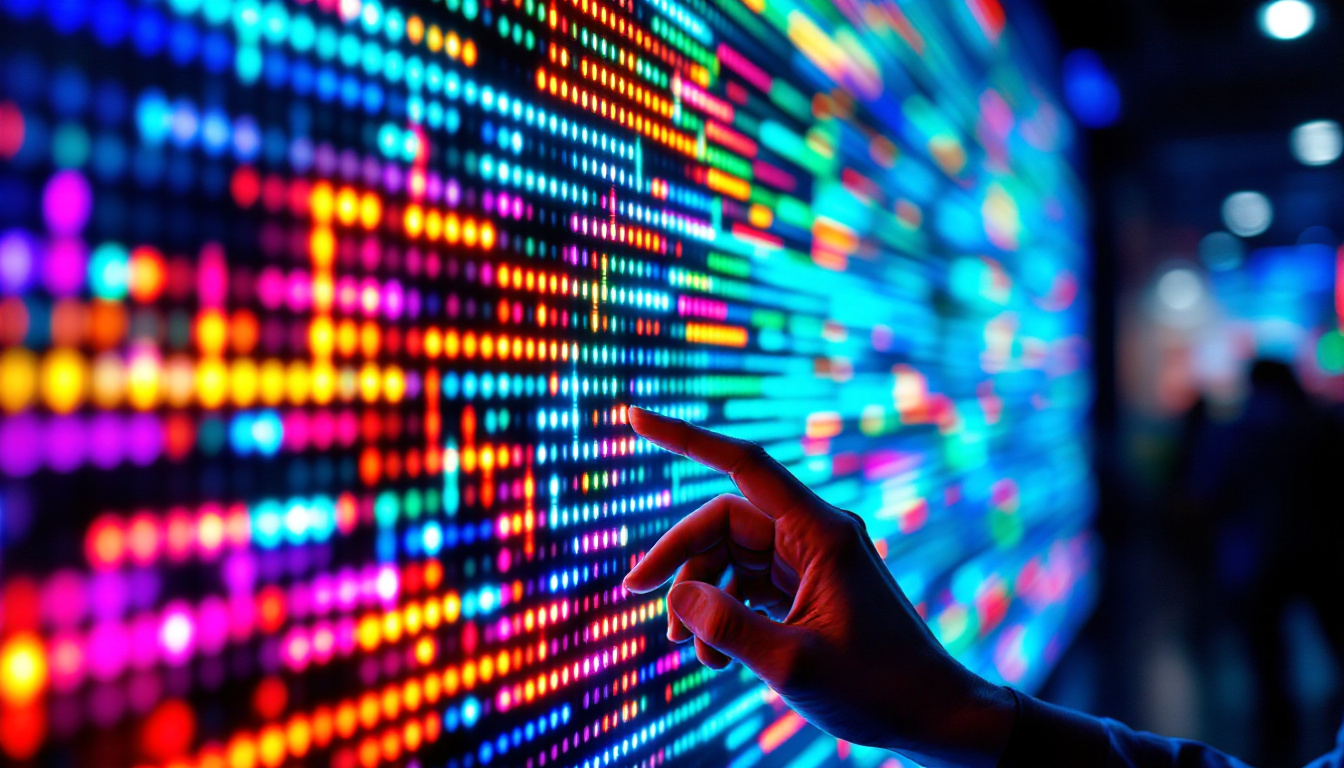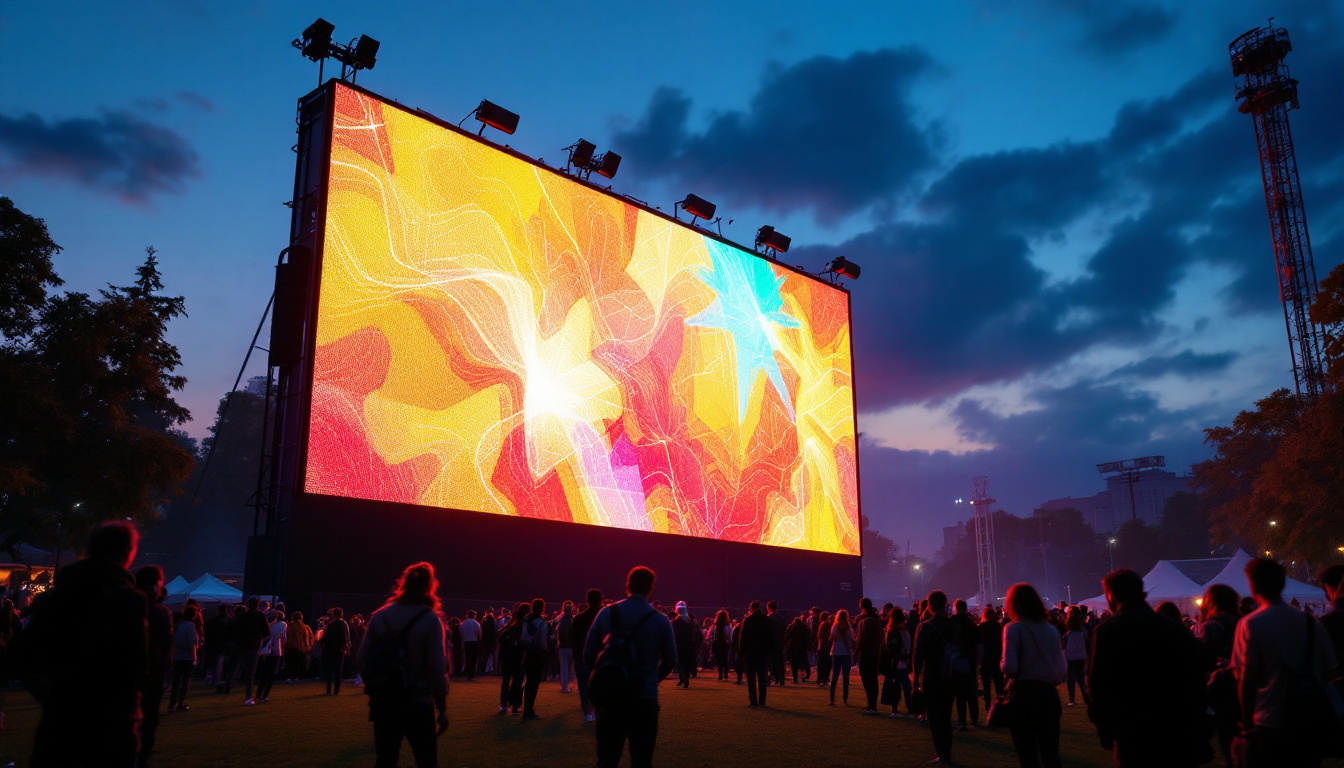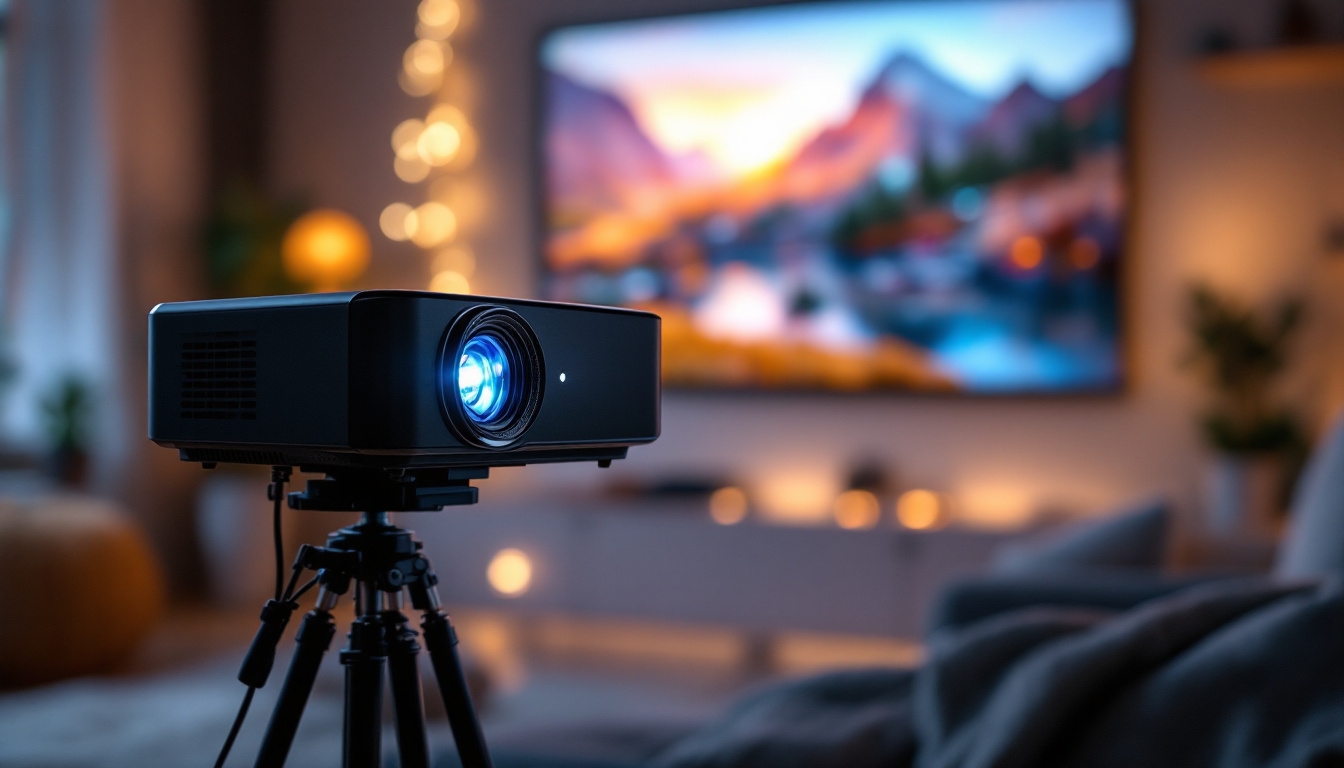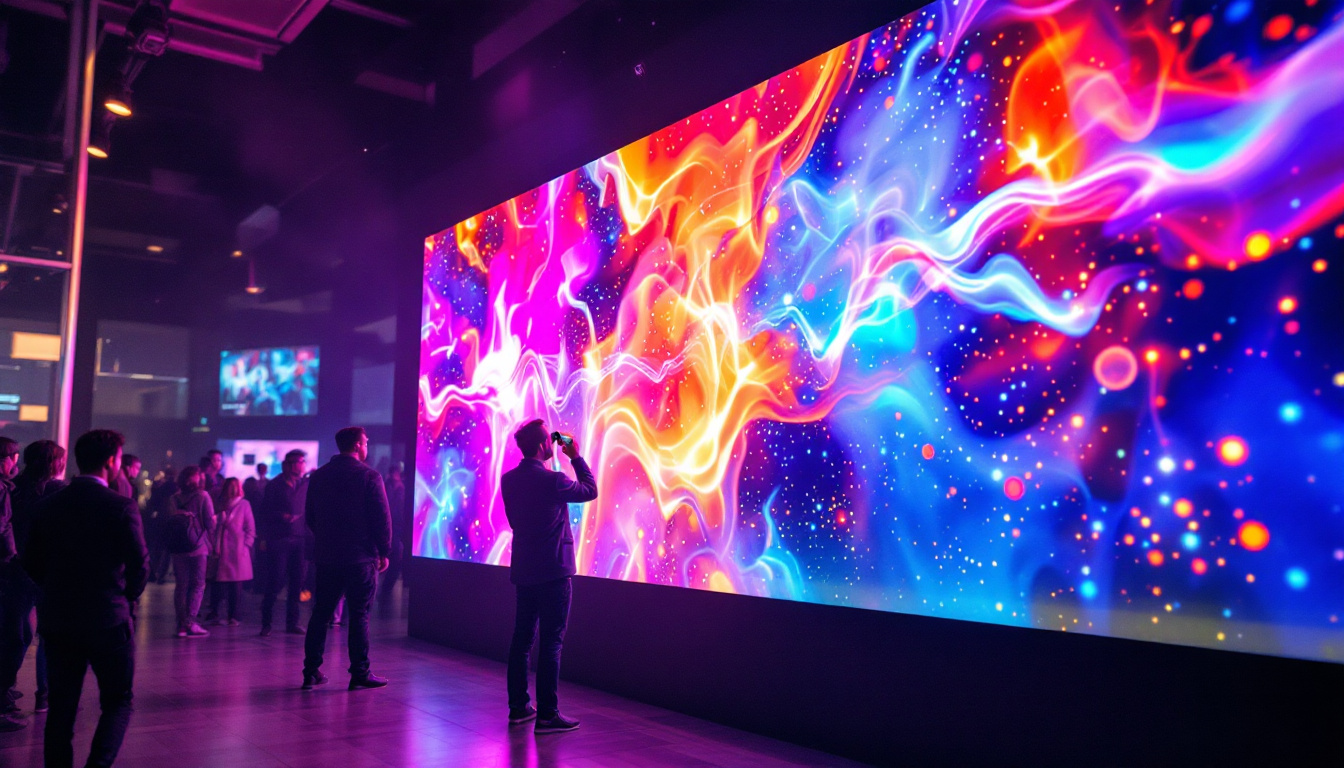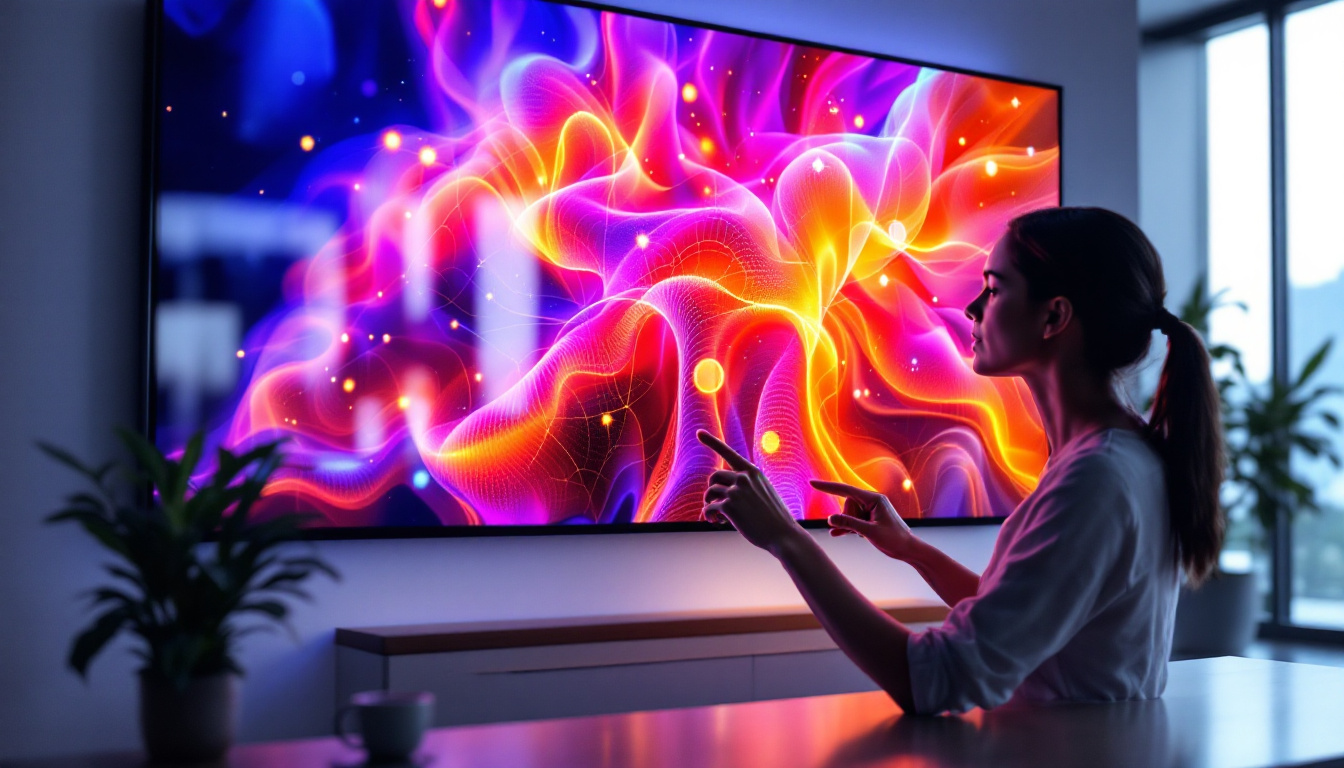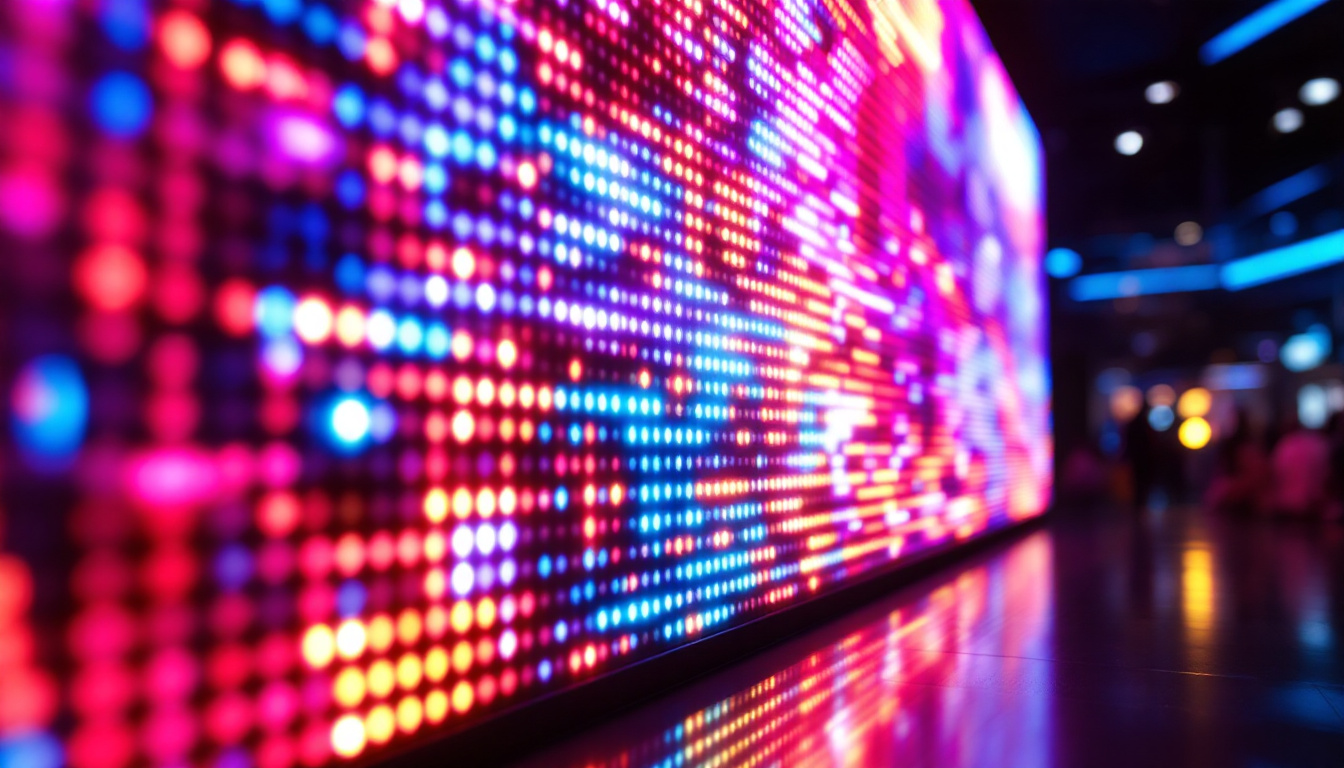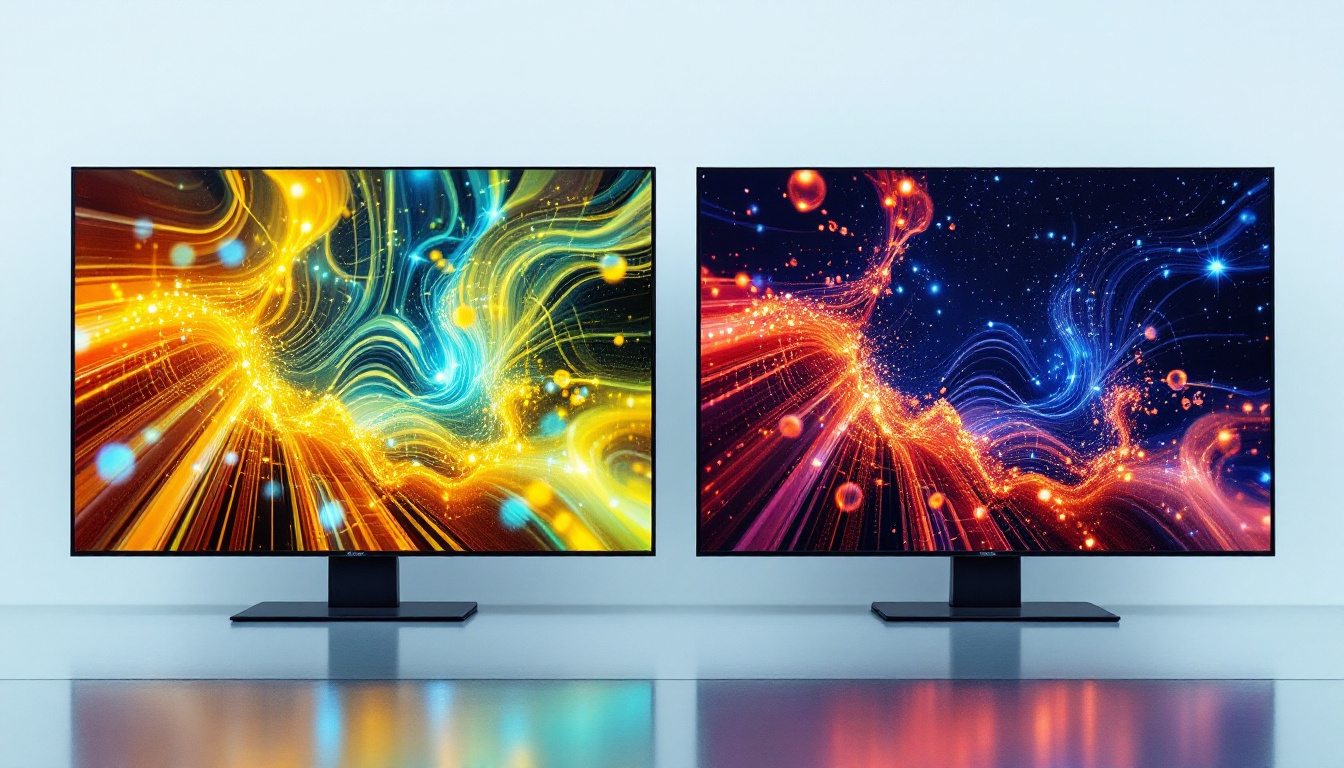In the modern world of technology, LED displays have become a ubiquitous part of our daily lives. From televisions to billboards, the clarity and vibrancy of these displays have transformed the way information is presented. Among the various technologies that contribute to the quality of LED displays, Pixcel stands out as a significant player. This article delves into what Pixcel is, how it works, and its applications in various fields.
Understanding LED Technology
Before diving into Pixcel, it is essential to grasp the fundamentals of LED technology. LED, or Light Emitting Diode, is a semiconductor device that emits light when an electric current passes through it. This technology has revolutionized how displays function, offering numerous advantages over traditional display technologies such as LCD and CRT.
The Basics of LED Displays
LED displays consist of an array of tiny light-emitting diodes that create images by combining red, green, and blue (RGB) light. By adjusting the intensity of these colors, a wide spectrum of colors can be produced, resulting in vibrant and dynamic visuals. The modular nature of LED displays allows for flexibility in size and shape, making them suitable for a variety of applications. This adaptability has led to their widespread use in environments ranging from retail spaces to large-scale events, where captivating visuals are essential for audience engagement.
One of the most significant advantages of LED displays is their energy efficiency. Compared to traditional display technologies, LEDs consume less power, which not only reduces operational costs but also minimizes environmental impact. Additionally, LED displays boast longer lifespans, often exceeding 50,000 hours of use, making them a cost-effective choice in the long run. Their durability also means they can withstand harsher conditions, making them ideal for outdoor installations where weather resistance is crucial.
Types of LED Displays
LED displays can be categorized into several types based on their application and design. The most common types include:
- Direct View LED Displays: These displays are made up of individual LED modules that are directly visible to the viewer. They are often used in large outdoor billboards and advertising screens.
- LED Backlit Displays: These displays use LEDs as a backlight for LCD screens, enhancing brightness and color accuracy.
- Organic LED (OLED) Displays: OLED technology utilizes organic compounds to emit light, allowing for thinner screens and better contrast ratios.
In addition to these common types, there are also specialized LED displays designed for specific uses. For example, Transparent LED displays are gaining popularity in retail environments, allowing customers to see products behind the screen while still displaying advertisements. Furthermore, Flexible LED displays have emerged, which can be bent and shaped to fit unconventional spaces, opening up new avenues for creative installations. These innovations continue to push the boundaries of what is possible with LED technology, making it an exciting field to watch as it evolves.
Moreover, the integration of smart technology into LED displays has transformed how content is managed and displayed. Many modern LED systems come equipped with advanced software that allows for real-time updates, remote control, and interactive features. This capability is particularly beneficial for businesses that need to adapt their messaging quickly based on current trends or events. As the demand for dynamic and engaging content grows, the role of LED technology in communication and advertising will undoubtedly expand, further solidifying its place in the digital landscape.
What is Pixcel?
Pixcel is an advanced technology that enhances the performance of LED displays. It is designed to optimize the visual quality, brightness, and color accuracy of LED screens. By utilizing sophisticated algorithms and hardware, Pixcel aims to provide a superior viewing experience across various applications.
The Technology Behind Pixcel
At its core, Pixcel employs a combination of hardware and software innovations to improve LED display performance. This includes advanced pixel mapping techniques, which ensure that each pixel is accurately calibrated for color and brightness. The result is a more uniform and vibrant display that captures the viewer’s attention.
Additionally, Pixcel technology incorporates real-time processing capabilities, allowing for dynamic adjustments based on the content being displayed. This means that whether it’s a fast-paced video or a static image, the display can adapt to provide the best possible visual experience. The technology also leverages machine learning algorithms to analyze content in real-time, predicting the optimal settings for various types of media, thus ensuring that every frame is rendered with precision.
Benefits of Pixcel Technology
The integration of Pixcel technology into LED displays offers numerous benefits. One of the most notable advantages is enhanced color accuracy. By ensuring that colors are displayed as intended, Pixcel helps create lifelike images that resonate with viewers. This is particularly beneficial in fields such as digital art, photography, and film, where color fidelity is paramount.
Furthermore, Pixcel improves brightness levels, making displays more visible even in bright environments. This is particularly important for outdoor advertising and public displays, where visibility can be a challenge. The result is a display that not only looks good but also effectively communicates its message. In addition to these benefits, Pixcel technology also contributes to energy efficiency, reducing power consumption without compromising performance. This is achieved through intelligent dimming features that adjust the brightness based on ambient light conditions, leading to longer lifespan for the displays and lower operational costs.
Applications of Pixcel LED Displays
Pixcel technology is versatile and can be applied across various industries. Its ability to enhance visual quality makes it suitable for numerous applications, including advertising, entertainment, and information dissemination.
Advertising and Marketing
In the realm of advertising, Pixcel LED displays have become a game-changer. Businesses can utilize these displays to create eye-catching advertisements that stand out in crowded environments. The vivid colors and high brightness levels ensure that messages are not only seen but also remembered.
Moreover, the dynamic nature of Pixcel technology allows for the display of animated content, which can further engage potential customers. This capability is particularly useful for retail environments, where attracting foot traffic is crucial for sales.
Entertainment Industry
The entertainment industry has also embraced Pixcel LED displays, particularly in concert venues and theaters. The ability to deliver stunning visuals enhances the overall experience for audiences, making events more memorable.
From large-scale concerts to intimate theater productions, the clarity and vibrancy of Pixcel displays contribute significantly to the storytelling aspect of performances. Lighting designers and directors can leverage this technology to create immersive environments that captivate audiences.
Information and Public Displays
public information displays, such as those found in airports, train stations, and shopping malls, benefit greatly from Pixcel technology. The clarity and brightness of the displays ensure that important information is easily readable, even from a distance.
Additionally, the adaptability of Pixcel displays allows for real-time updates, which is essential for conveying time-sensitive information such as flight schedules or emergency announcements. This capability enhances the overall efficiency of public spaces, making them more user-friendly.
Challenges and Considerations
Despite the numerous advantages of Pixcel technology, there are challenges and considerations that need to be addressed. Understanding these factors is crucial for businesses and organizations looking to implement Pixcel LED displays.
Cost Implications
One of the primary challenges associated with Pixcel technology is the initial investment cost. High-quality LED displays equipped with Pixcel technology can be more expensive than traditional displays. Businesses must weigh the long-term benefits against the upfront costs to determine if the investment is worthwhile.
However, it is essential to consider the potential return on investment. The enhanced visual quality and increased engagement can lead to higher sales and improved customer satisfaction, ultimately justifying the initial expenditure.
Maintenance and Upkeep
Like any technology, Pixcel LED displays require regular maintenance to ensure optimal performance. This includes cleaning the screens, checking connections, and updating software as needed. Organizations must be prepared to allocate resources for ongoing maintenance to keep the displays functioning at their best.
Furthermore, training staff to operate and troubleshoot the technology is essential. Ensuring that employees are knowledgeable about the displays can help mitigate potential issues and maximize the benefits of the investment.
The Future of Pixcel Technology
As technology continues to evolve, the future of Pixcel and LED displays looks promising. Innovations in display technology are expected to enhance the capabilities of Pixcel, leading to even more vibrant and dynamic displays.
Advancements in Display Resolution
One of the most exciting developments on the horizon is the potential for higher display resolutions. As consumer demand for ultra-high-definition content increases, Pixcel technology will likely adapt to support these advancements. This could lead to displays with even more detailed and lifelike images, further enhancing viewer engagement.
Integration with Smart Technologies
The integration of smart technologies with Pixcel displays is another area of potential growth. As the Internet of Things (IoT) continues to expand, the ability to connect displays to other devices and systems will become increasingly important. This could lead to more interactive and personalized viewing experiences, allowing businesses to tailor content to specific audiences.
Conclusion
Pixcel technology represents a significant advancement in the world of LED displays. By enhancing color accuracy, brightness, and adaptability, Pixcel has transformed how information is presented across various industries. While there are challenges to consider, the benefits of implementing Pixcel LED displays are undeniable.
As technology continues to evolve, the future of Pixcel looks bright. With advancements in resolution and smart technology integration, Pixcel is poised to remain at the forefront of display innovation. Businesses and organizations that embrace this technology will undoubtedly reap the rewards of enhanced engagement and improved communication.
Discover LumenMatrix LED Display Solutions
Ready to elevate your visual communication with cutting-edge LED technology? LumenMatrix is at the forefront of LED display innovation, offering a wide range of solutions tailored to your needs. From Indoor and Outdoor LED Wall Displays to specialized options like Vehicle, Sports, and Floor LED Displays, our products are designed to captivate your audience and amplify your message. Experience the transformative power of Pixcel technology with our Custom, All-in-One, and Transparent LED Displays. Don’t miss out on the opportunity to enhance your brand visibility and create unforgettable visual experiences. Check out LumenMatrix LED Display Solutions today and see the difference for yourself.

